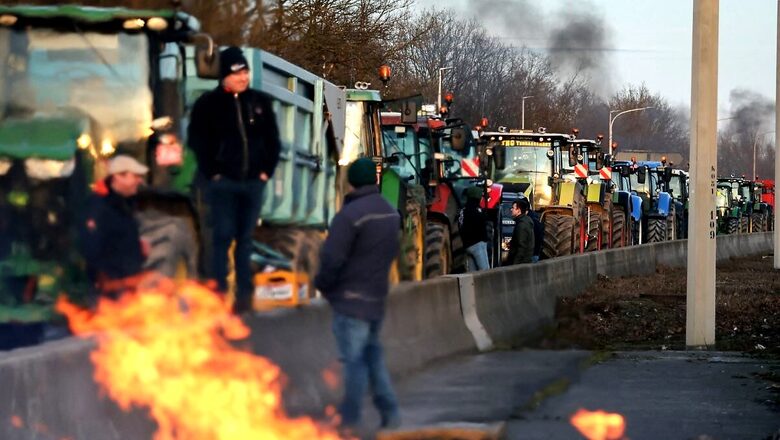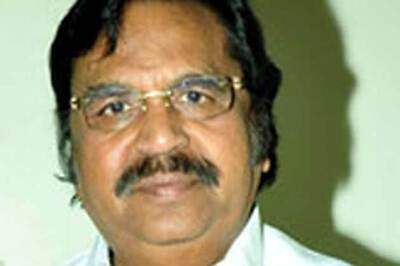
views
Angry French farmers heckled President Emmanuel Macron as he inaugurated the annual agricultural fair on Saturday. Hundreds of protesters crashed the gates and clashed with the police when Macron entered the livestock’s area. It has been almost two months since the farmers in France and European Union have raised their concerns regarding rising costs and taxes, red tape, excessive environmental rules and competition from cheap imports.
Demonstrations have taken place in France, Spain, Germany, Belgium, Italy, Greece, Poland and The Netherlands.
Why are they Protesting?
According to the new Common Agriculture Policy, which is part of the European green deal, farmers will have to keep aside at least 4% of the arable land to non-productive features. This also has a caveat for farmers to reduce the use of fertilizer by 20%. The farming sector accounts for 11% of the EU’s greenhouse gas emissions, which the EU hopes to curb.
Farmers, however, argue that these measures will make European agricultural sector less competitive against imports.
Demonstrations in eastern Europe have focused on what farmers say is unfair competition from large amounts of imports from Ukraine, for which the EU has waived quotas and duties since Russia’s invasion, as reported by news agency Reuters.
The farmers also denounce the bureaucracy, which French farmers say their government over-complicates the implementation.
In Spain, farmers have complained of “suffocating bureaucracy” in Brussels that is not bringing any profitability of crops.
In Greece, farmers demand higher subsidies and faster compensation for crop damage and livestock lost in 2023 floods.
EU’s biggest producers, Germany and France, have railed against plans to end subsidies or tax breaks on agricultural diesel. Greek farmers also want a tax on diesel to be reduced.
What are the EU governments doing?
The European Commission has proposed to limit agricultural imports from Ukraine via an “emergency brake” for most sensitive products such as poultry, eggs and sugar, and exempting famers for 2024 to keep 4% of their land fallow while still receiving EU subsidies.
Paris and Berlin have both relented to the pressure and watered down on their plans to end subsidies or tax breaks on agricultural diesel. In Romania, the government has acted to increase diesel subsidies, address insurance rates and expedite subsidy payments.
In Portugal, the caretaker government has announced an emergency aid package worth 500 million euros, including 200 million euros to mitigate the impact of a long-running drought.
What is EU’s Common Agriculture Policy (CAP)?
Launched in 1962, the CAP’s main aim was to tackle post-World War II food shortages and hunger, and to increase agricultural production and farmers’ quality of life.
Today, the CAP amounts to almost 40% of the entire EU budget. It is renewed every seven years.
Under CAP, the EU countries are provided 55 billion Euros subsidy every year. France is the country that benefits the most from the CAP funding, followed by Germany and Spain.
The Guardian stated that the farming sector, which accounts for 11% of the EU’s greenhouse gas emissions, is alarmed by the EU’s “farm to fork” strategy, part of the key European green deal aimed at making the bloc climate-neutral by 2050.
The plan also included halving the use of pesticides by 2030, cutting fertiliser use by 20%, devoting more land to non-agricultural use and doubling organic production to 25% of all EU farmland.




















Comments
0 comment